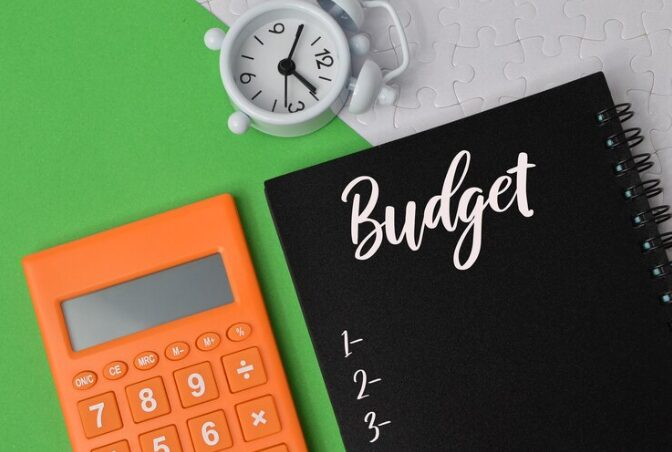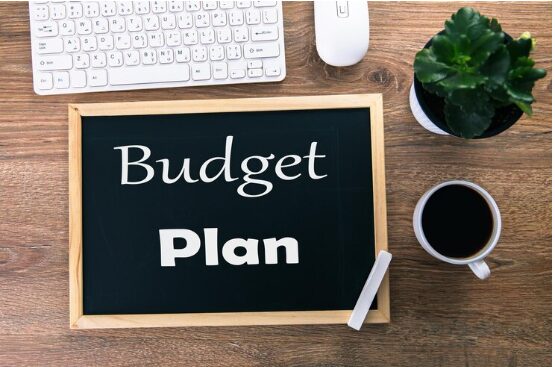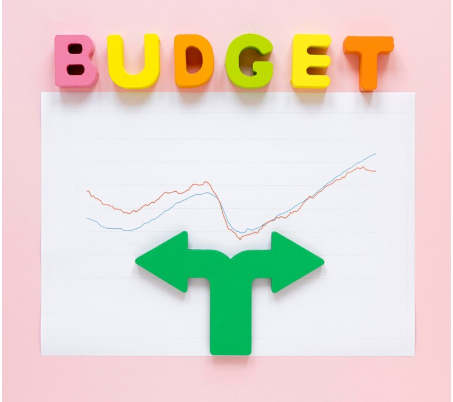How to Create a Sustainable Monthly Budget
Creating a sustainable monthly budget is one of the most effective ways to take control of your finances and achieve long-term financial stability. A well-crafted budget helps you plan your spending, save for future goals, and avoid unnecessary debt. In this blog, we’ll explore how to create a sustainable monthly budget that you can stick to, ensuring you meet your financial goals while maintaining a healthy balance between your income and expenses.
Ready to take charge of your finances and start living within your means? Let’s dive in!
Why a Sustainable Monthly Budget is Essential
A sustainable monthly budget is crucial because it provides a clear roadmap for managing your money. It helps you avoid overspending, ensures you’re saving for important goals, and keeps you from falling into debt. When your budget is sustainable, it means you’re not just getting by each month—you’re making progress toward a more secure financial future.
Steps to Create a Sustainable Monthly Budget
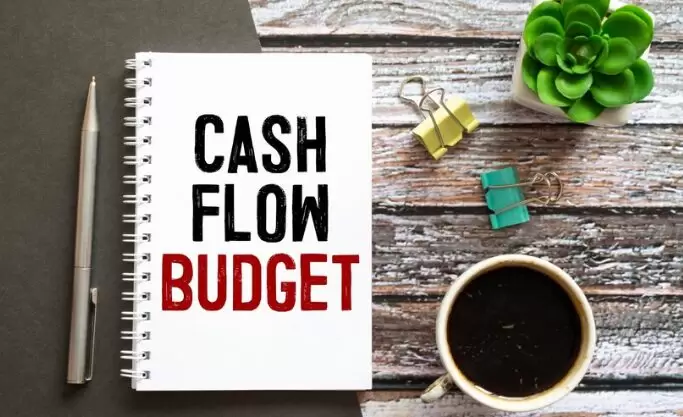
Creating a sustainable monthly budget involves several key steps. Follow these guidelines to build a budget that works for you:
1. Assess Your Current Financial Situation
Before you can create a budget, you need to know where you stand financially. Start by gathering all your financial information, including:
- Income: List all sources of income, such as your salary, side gigs, or passive income streams.
- Expenses: Track your spending for a month to get a clear picture of where your money is going. Include both fixed expenses (e.g., rent, utilities) and variable expenses (e.g., groceries, entertainment).
This assessment gives you a starting point and helps you identify areas where you can cut back or reallocate funds.
2. Set Clear Financial Goals
Your budget should be aligned with your financial goals. Whether you’re saving for a down payment on a house, paying off debt, or building an emergency fund, having specific goals will guide your budgeting decisions. Break down your goals into short-term (e.g., saving $500 for a vacation) and long-term (e.g., paying off a student loan) objectives.
Tip: Use the SMART method—make your goals Specific, Measurable, Achievable, Relevant, and Time-bound.
3. Categorize Your Expenses
Once you have a clear understanding of your income and expenses, categorize your spending. Common categories include:
- Housing: Rent or mortgage, utilities, maintenance
- Transportation: Car payments, fuel, public transit
- Food: Groceries, dining out
- Savings: Emergency fund, retirement, investments
- Debt Repayment: Credit cards, loans
- Entertainment: Hobbies, streaming services, outings
Categorizing your expenses makes it easier to see where your money is going and identify areas where you can make adjustments.
4. Allocate Your Income
Now that you’ve categorized your expenses, it’s time to allocate your income. This step involves deciding how much money you’ll spend in each category. Be realistic about your spending needs, but also challenge yourself to save more or cut unnecessary costs.
Example: If you notice that you’re spending a lot on dining out, consider setting a lower budget for this category and reallocating the savings toward debt repayment or an emergency fund.
5. Build an Emergency Fund
A key component of a sustainable budget is having an emergency fund. This fund acts as a financial cushion in case of unexpected expenses, such as medical bills or car repairs. Aim to save at least three to six months’ worth of living expenses in your emergency fund.
External Resource: How to Build an Emergency Fund
6. Review and Adjust Your Budget Regularly
Your budget isn’t a one-time task—it’s a living document that should be reviewed and adjusted regularly. At the end of each month, compare your actual spending to your budgeted amounts. If you overspent in one category, see if you can make adjustments in the following month.
Pro Tip: Use budgeting apps like Mint or YNAB (You Need A Budget) to track your spending and make adjustments on the go.
7. Stick to Your Budget
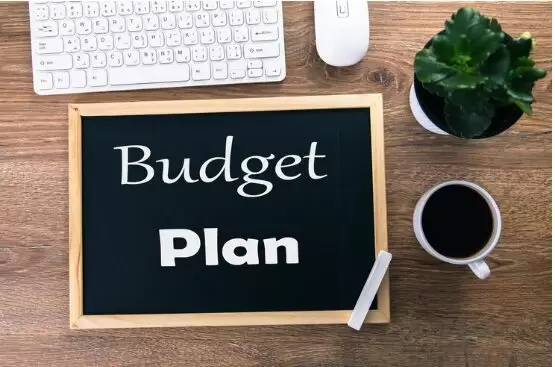
The most important part of creating a sustainable budget is sticking to it. This can be challenging, especially if you’re used to spending more freely. To stay on track:
- Set reminders: Use calendar alerts or app notifications to remind you of payment due dates or spending limits.
- Automate savings: Set up automatic transfers to your savings account so that you’re consistently building your emergency fund or saving for other goals.
- Stay motivated: Remind yourself of your financial goals and the benefits of sticking to your budget. Celebrate small wins along the way.
Why Budgets Fail—and How to Avoid It
Even the best-planned budgets can fail if they’re not realistic or flexible. Here are common reasons budgets fail and how to avoid them:
- Being Too Restrictive: If your budget is too tight, you might find it hard to stick to it. Allow for some flexibility so that you don’t feel deprived.
- Ignoring Irregular Expenses: Plan for irregular expenses like car repairs or annual subscriptions by setting aside a little money each month.
- Lack of Accountability: Share your budget goals with a trusted friend or family member who can help you stay on track.
Conclusion
Creating a sustainable monthly budget is the foundation of financial success. By assessing your current situation, setting clear goals, categorizing expenses, and regularly reviewing your budget, you can take control of your finances and achieve your long-term objectives. Remember, the key to a successful budget is consistency—stick with it, and you’ll see the benefits over time.
Ready to start budgeting for a brighter financial future? Put these tips into action today and take the first step toward achieving your goals!



